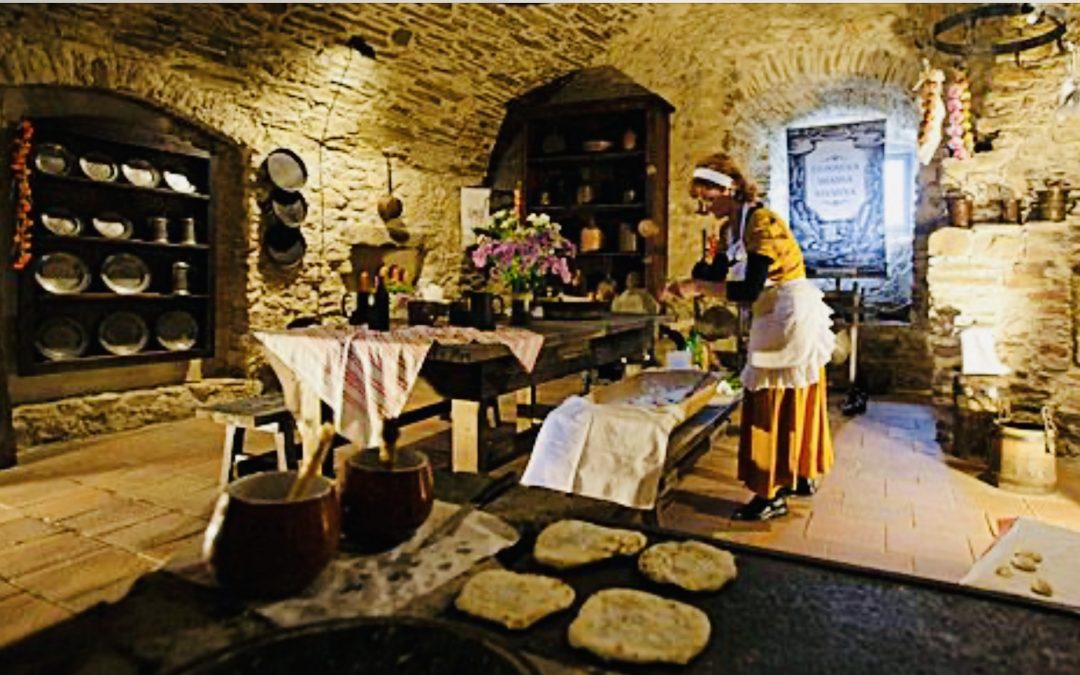
Kitchens
Kitchens and Furniture
Food
The majority of people eat food as an essential means of survival, whilst others survive only to indulge in and enjoy luxurious, healthy or tasty food! And for some others eating a balanced diet of fresh food in season, serves to keep them healthy.
Brief history of Kitchens, lifestyle and furniture in different spaces
Throughout time and until today, in most countries around the world, obtaining / purchasing food, it’s preparation, and it’s consumption plays a large part of the family’s daily life.
For this reason, and as early as the Middle ages, kitchen spaces were created for the preparation of food. Whilst dining spaces were organized for communication and food consumption among the family, with adjacent living spaces for relaxation before the family retired to their bedrooms / bathrooms to rest and be ready to start out the next day. This typical lifestyle is still similar to our present day.
Furniture and fittings
All these House / home spaces require furniture and fittings. Kitchen spaces require utensils, appliances and storage cupboards. Whilst the rest of the home requires different furniture, some having a specific use, whilst other may be purely decorative.
Throughout the Middle ages and until modern times, society’s way of life and habits have changed in their traditions and ways of life, because of evolution, education, and modernization. From bartering of game, fish, crops, spices, dairy products, vegetables and fruit, to the introduction of money that facilitated trade, availability of water and electricity, modern inventions and appliances, efficient means of transport and communication, to electronics and eco friendly homes. This of course applies also to most commercial outlets………
In the same way kitchen furniture and fittings, and other furniture have changed in style, as a cause of changes in fashions and primarily their various uses.
Kitchens and food habits
During the Middle Ages from 5th century and up until the late Middle Ages, there existed a significant difference in the lifestyle of commoners and high society, namely in their cooking methods and diets, preservation of food and affordability. Salt was a very precious commodity, and salt bars were used as currency of exchange in some parts of the world, whilst up until around 1500AD sugar was also very scarce and expensive and not always available, until the arrival of technological improvements that transformed them into cheaper bulk commodities.
In the late Middle Ages, the increasing wealth of middle class merchants and traders meant that commoners began emulating the aristocracy, and threatened to break down some of the symbolic barriers between the different classes.
Kitchens Spaces
The history of the kitchen Space is fascinating! Changes in kitchen design often reflected economic and societal changes.
In the Middle Ages cooking was essentially done on an open wood / coal hearth within a one-room home or within the great hall of large structures, above which was a ventilation opening for the fumes to exit. Smoke and soot were a constant irritation the eyes and lungs and this area was filled with noise, mess and smells. They were extremely busy spaces and could also sometimes be too hot and uncomfortable. This area however, was also the primary source of heat, light and safety.
However, with the invention of the chimney around the 11th century the general layout of the great hall was sub-divided, and by the late Middle Ages two rooms became common in many households: the living room (where guests were received and business was conducted), and the kitchen. In time, there were also further subdivisions, of a food preparation area, a storage area and a cooking area.
Economic trends and politics had a major influence on the design and function of the kitchen. Between the late Medieval Age until today, the creation of chimneys, later gas supply, water and sewage systems, electricity and now also electronics in homes continued to improve the efficiency and sanitation of the work space of kitchens.
Between the late Medieval Age until the 1970s thé kitchen area was separated from the dining and living areas, but in today’s modern world the kitchen has once again gained its importance and usually forms a part of the dining and living room; a natural gathering place for entertaining, welcoming family, friends or to conduct business.
Modern kitchen spaces
The kitchen we know today is an indispensable component to contemporary life. Kitchens are fitted with abundant fitted storage cupboards, and work tops.
Abundant electrical / electronic and gas appliances; as a cooking Hob, oven, fridge / freezer, dish washer, deep fryer, food mixer and juicer; hot and cold water supply, breakfast table and chairs, as well as various cooking and serving utensils, crockery and cutlery.
Furniture for other spaces.
The styles, fashions and component materials of furniture and fittings has changed with time. And with the coming of efficient transport and communications systems and with other parts of the world, the importation of furniture and fittings from other cultures also have become fashionable.
However, most rooms require some essential furniture, as settees, armchairs, and chairs, a fireplace in the living room; a large table and chairs, dresser and showcases in the dining room, desks and bookshelves in the study or studying areas, beds, large cupboards, dresser with mirror, chest of drawers, small desk and chair in the bedrooms, decorative furniture in hallways, corridors and stair landings. These rooms are often also decorated with hanging paintings, photographs, mirrors, memorabilia, and other decorative items. A washing machine and laundry equipment in the laundry room; and a workbench and tools in the garage.
Therefore, whether fitting out a small studio apartment, a town house, a country house or a villa, the kitchen still occupies a place of importance, and the furniture and fittings can create the mood of the home.
